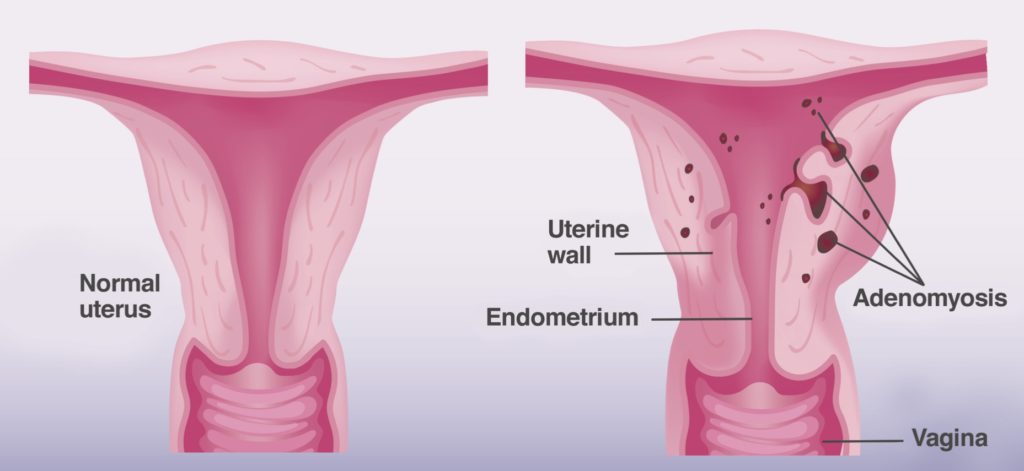Adenomyosis is a medical condition that affects the uterus and is often overshadowed by its more well-known counterpart, endometriosis. This article aims to shed light on what adenomyosis is, its prevalence, symptoms, and potential management options, including the role of holistic approaches like the AXO method.
Understanding Adenomyosis:
Adenomyosis occurs when the tissue lining the uterus (endometrium) starts to grow into the muscular walls of the uterus. This leads to an enlarged and often tender uterus. While not life-threatening, adenomyosis can significantly impact a person’s quality of life.
Prevalence:
Adenomyosis is a relatively common condition, and its prevalence tends to increase with age. It is most commonly diagnosed in people in their 40s and 50s. However, it can affect individuals of any age who have had children.
Symptoms:
The symptoms of adenomyosis can vary, and some individuals may remain asymptomatic. Common signs and symptoms include:
- Menstrual Pain: Increased and prolonged menstrual cramps.
- Heavy Menstrual Bleeding: Experiencing heavier than usual menstrual bleeding.
- Pelvic Discomfort: A feeling of fullness or pressure in the lower abdomen.
- Painful Intercourse: Discomfort or pain during sexual activity.
- Menstrual Irregularities: Changes in the menstrual cycle.
Diagnosis and Cure:
Adenomyosis can be challenging to diagnose definitively. Magnetic Resonance Imaging (MRI) and ultrasound are often used to visualize changes in the uterus. As for a cure, the primary treatment options range from pain management with medications to more invasive procedures such as a hysterectomy. However, hysterectomy is usually considered when other treatments have failed, and the symptoms severely impact the individual’s life.
Holistic Approaches and the AXO Method:
While conventional medical treatments focus on symptom management, holistic approaches like the AXO method offer a complementary perspective. The AXO method, with its unique blend of osteopathic scooping, stretching techniques, and lymphatic drainage, aims to promote overall well-being. Therapists trained in the AXO method may provide support to individuals with adenomyosis by addressing hormonal balance, reducing stress, and enhancing the body’s natural healing mechanisms.
Empowering Therapists, Empowering Individuals:
Therapists well-versed in the AXO method are equipped to provide personalized care, considering the individual’s unique needs and symptoms. The holistic nature of the AXO method aligns with the idea of addressing not just the physical symptoms but also the emotional and hormonal aspects associated with adenomyosis.
In conclusion, adenomyosis is a condition that deserves recognition and understanding. While there may not be a one-size-fits-all cure, the integration of holistic approaches like the AXO method into the management plan can offer a more comprehensive and empowering avenue for individuals dealing with adenomyosis. As we continue to explore diverse approaches to women’s health, the AXO method stands out as a promising ally in the journey towards well-being.




Comments are closed